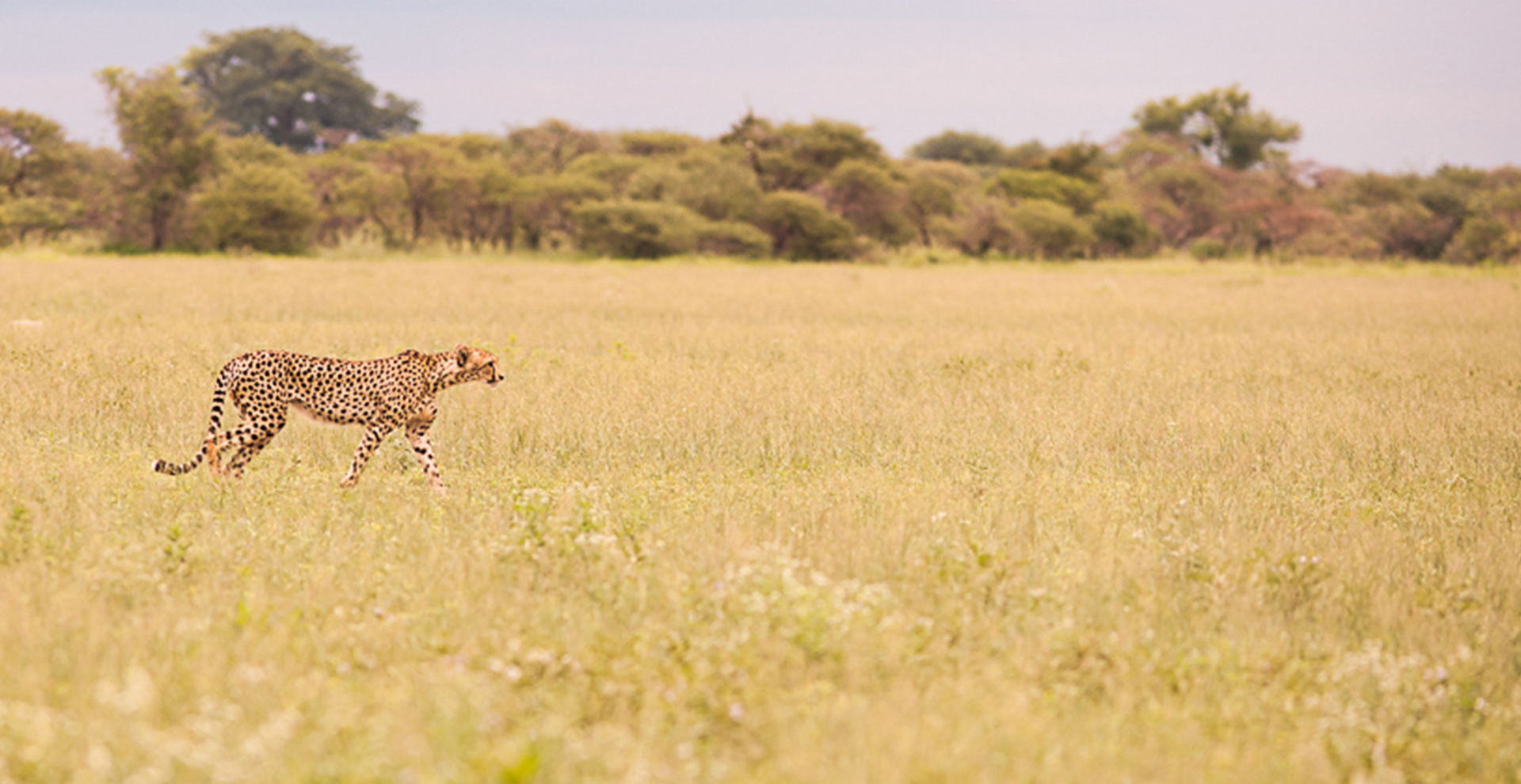Makgadikgadi Pans National Park

The Makgadikgadi Pans National Park (often simply referred to as Makgadikgadi National Park) is a vast, remote wilderness in north-eastern Botswana, renowned for its surreal salt flats and stark, otherworldly landscapes. Note that "Makgadikgadi National Parks" likely refers to this singular park, though it's closely linked to the adjacent Nxai Pan National Park, which together protect portions of the expansive Makgadikgadi salt pan system. These areas are not heavily touristed, offering solitude amid the harsh beauty of the Kalahari Desert.
Location and Overview
- Geography: The park spans approximately 4,877 square kilometers (about 1,883 square miles) and is situated southeast of the Okavango Delta, bordered by the Boteti River to the west and the Maun-Nata road to the north. It forms the western edge of the massive Makgadikgadi Pans, a complex of salt flats covering over 16,000 square kilometers (6,178 square miles)—one of the world's largest. The pans are remnants of an ancient super-lake that once rivaled Switzerland in size but dried up due to tectonic shifts tens of thousands of years ago, leaving behind layers of salt up to 5 meters deep.
- Key Features: The landscape includes blinding white salt pans, grassy floodplains, acacia woodlands, and fossilized riverbeds. Iconic sites include Baines' Baobabs (seven ancient, gnarled baobab trees named after explorer Thomas Baines) and Kubu Island, a rocky outcrop resembling a surreal island amid the flats. The area is visible from space and is a designated International Dark Sky Place for stargazing.
History and Formation
The Makgadikgadi Pans originated from the evaporation of Lake Makgadikgadi, a prehistoric inland sea fed by ancient rivers like the Okavango and Zambezi. As the lake shrank, it left relic shorelines and smaller pans such as Sua (Sowa), Ntwetwe, and Nxai. Archaeological evidence, including stone tools predating Homo sapiens, indicates human presence in the region for millennia. The area was uninhabited due to its aridity but used seasonally for grazing. It was declared a game reserve in 1970 and upgraded to national park status in 1992.
Wildlife and Ecosystems
While not a classic Big Five destination, the park supports diverse fauna, especially during the rainy season (November–March) when ephemeral grasslands bloom and attract massive migrations:
- Mammals: Home to one of Africa's largest zebra populations (up to 30,000 during migrations), plus wildebeest, springbok, gemsbok, meerkats, and brown hyenas. Lions, cheetahs, and elephants are present but nomadic.
- Birds: Over 300 species, including flamingos on seasonal lakes, ostriches, and secretary birds.
- Seasonal Dynamics: The Boteti River provides a reliable water source, drawing herds year-round. The longest linear mammal migration in Africa occurs here, with zebras moving between Nxai Pan and the Boteti from December to May.
